Characteristics of the RC series circuit: Since there is a capacitor that cannot flow DC current, both the resistor and the capacitor have a hindrance to the current. The total impedance is determined by the resistance and the capacitive reactance, and the total impedance changes with the frequency. RC series has a corner frequency: f0=1/2Ï€R1C1 When the input signal frequency is greater than f0, the total impedance of the entire RC series circuit is basically unchanged, and its size is equal to R1.
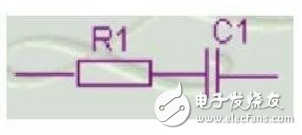
The RC circuit is characterized in that the charging and discharging process is performed according to an exponential function.
1. Charging processIn the circuit of Figure 1, when K is pulled to "1", the capacitor has not accumulated charge, and the electromotive force E is all dropped on R. The maximum charging current is IO=E/R; with the accumulation of capacitor charge, VO Increasing, the voltage VR across R decreases, and the charging current i decreases, which in turn causes the growth rate of VO to become slow; until VO is equal to E, the charging process is terminated and the circuit reaches a steady state.
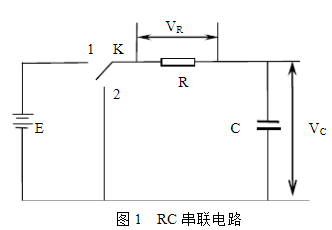
In this process, the circuit equation is:

It can be seen from equation (3) that Q and VO increase with the exponential function with time t, and the curve of the function is shown in Fig. 2(a).
Correspondingly available:
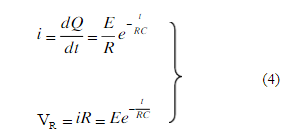
Equation (4) shows that the charging current i and the resistance voltage VR are exponentially attenuated with time t;
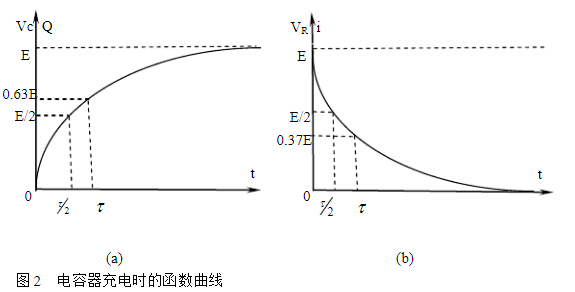
As shown in Figure 2 (b).
2. Discharge processIn the circuit of Figure 1, when capacitor C is charged (VO = EK), the switch is pulled from "1" to "2", at which point the charge on C on the capacitor is gradually discharged through R. When the switch is just turned to "2" for a moment, all voltages VO=E act on R, the maximum discharge current is IO=E/R, then VO gradually decreases, and the discharge current i also decreases, which in turn The VO reduction is also slowed down. In this process, the equation of the circuit is:
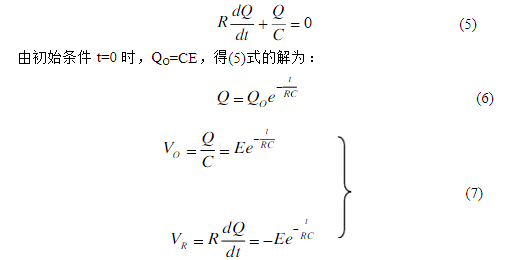
In the formula, a negative sign appears in VR, indicating that the discharge current is opposite to the direction of the charging current.
It can be seen from (6) and (7) that Q, VO and |VR| are reduced by an exponential function with time t. Its function curve is shown in Figure 3.
The product RC is called the time constant 电路 of the circuit. From equation (6), when t = ï´ = RC, the charge on the capacitor drops to 36.8% of the initial value QO. Therefore, ï´ can be used as a characteristic value reflecting the speed of charge and discharge of the RC circuit.
Another characteristic quantity that is easier to measure in the experiment related to the time constant 是 is that the time under which Q will (or rise) to half of QO is the required time T1/2, which is called the half-life, by (3), (4). ) is available:

Of course, in theory, when t is infinite, VO=E, i=0. However, in fact, when t=4ï´~5ï´, it can be approximated that charging or discharging is completed. This is evident from Figures 2 and 3.
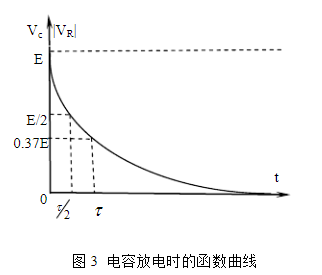
If the switch K in Fig. 1 is quickly turned back and forth at the "1" and "2" terminals, the capacitor body is charged and discharged. The function of this switch can be replaced by a square wave, as shown in Figure 4. In the first half of the cycle, the square wave voltage +E,
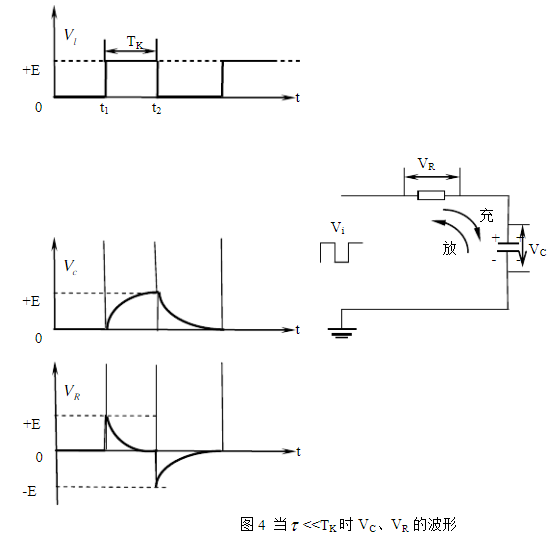
The capacitor is charged; in the second half of the cycle, the square wave voltage is zero and the capacitor is discharged. Obviously, the square wave acts instead of the switch.
If the time constant of the circuit ï´ "TK (TK is the width of the square wave), at time t1, the square wave changes from 0 to E, the capacitor is charged, and in the time of TK, VO can gradually increase to E and enter stable state. At time t2, the square wave jumps from E to 0. The two ends of the input are equivalent to a short circuit, so the capacitor starts to be charged, and VO starts to decrease from E to 0 and enters another steady state.
Looking at VR again, its waveform is consistent with the waveform of the charge and discharge current. At time t1, the input square wave changes from 0 to E. At this moment, the square wave jumps all fall on R, causing VR to produce a jump of the same magnitude, and then with the height of VO, VR drops quickly. To zero, this forms a positive spike on R. At time t2, VR jumps from zero to one E because the capacitor discharges in the opposite direction. At the same time, VR returns quickly with the square of the capacitor. Zero, which in turn forms a negative spike. The curve of VR with t is shown in Figure 4.
24V Battery Pack ,Large Battery Pack,24 V Battery Pack,24V Lithium Ion Battery Pack
Zhejiang Casnovo Materials Co., Ltd. , https://www.casnovo-new-energy.com
